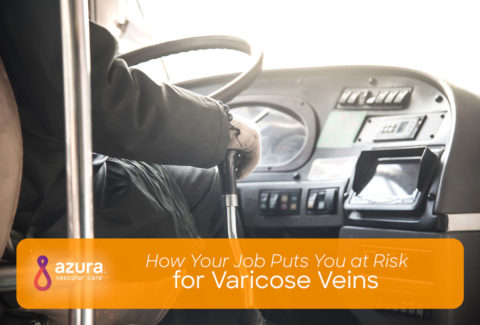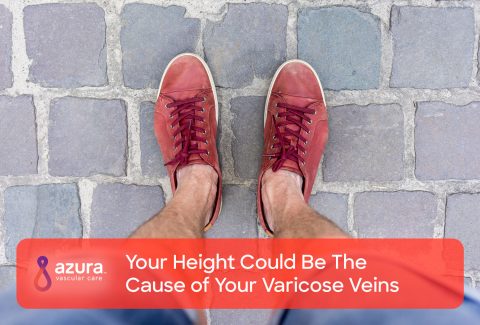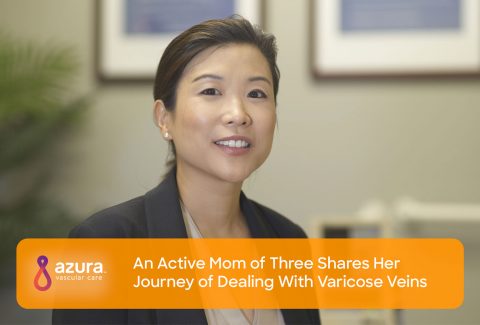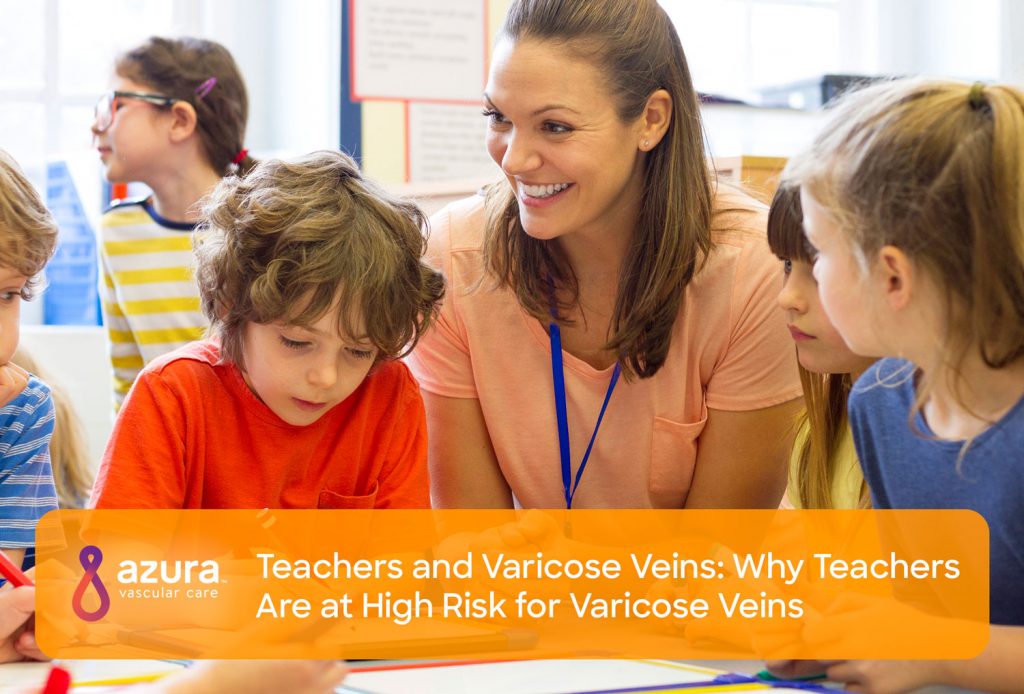
Teachers’ days are spent interacting with students, parents and faculty, which may involve a lot of standing and walking in classrooms. Prolonged periods of standing, especially when it occurs repeatedly over time, increases the pressure within the leg veins and the likelihood of developing varicose veins.
For female teachers who may choose to wear high heels while at work, it’s important to realize that the additional strain on your legs and feet from wearing high heels can compromise proper circulation and contribute to blood pooling in your veins. Vein problems can be amplified if you spend long periods of time in high heels, especially if you are overweight or pregnant.
Why Are Teachers at Risk for Varicose Veins?
Research indicates that there are a number of negative health outcomes associated with prolonged standing, defined by NIOSH as standing for more than four or more hours each day or continuously standing for over one hour. Prolonged standing, especially standing in one place, leads to long-term back pain, physical fatigue, muscle pain, leg swelling, tiredness and body part fatigue. Did you know that prolonged standing may also contribute to cardiovascular problems including varicose veins, chronic venous disease and chronic venous insufficiency?1
Prolonged standing can cause veins to overwork, causing weakness. There are many professions that are required to stand for more than four hours each day and one of them is teaching. Let’s explore the connection between teachers and varicose veins.
5 Things Teachers Can Do to Improve Leg and Vein Health
Teachers stand for long periods of time each day, giving lectures and writing on the board. They may also sit for long periods while developing lesson plans and grading student work. These factors can have long-term effects on the legs and may lead to varicose veins and contribute to more significant chronic venous disease.
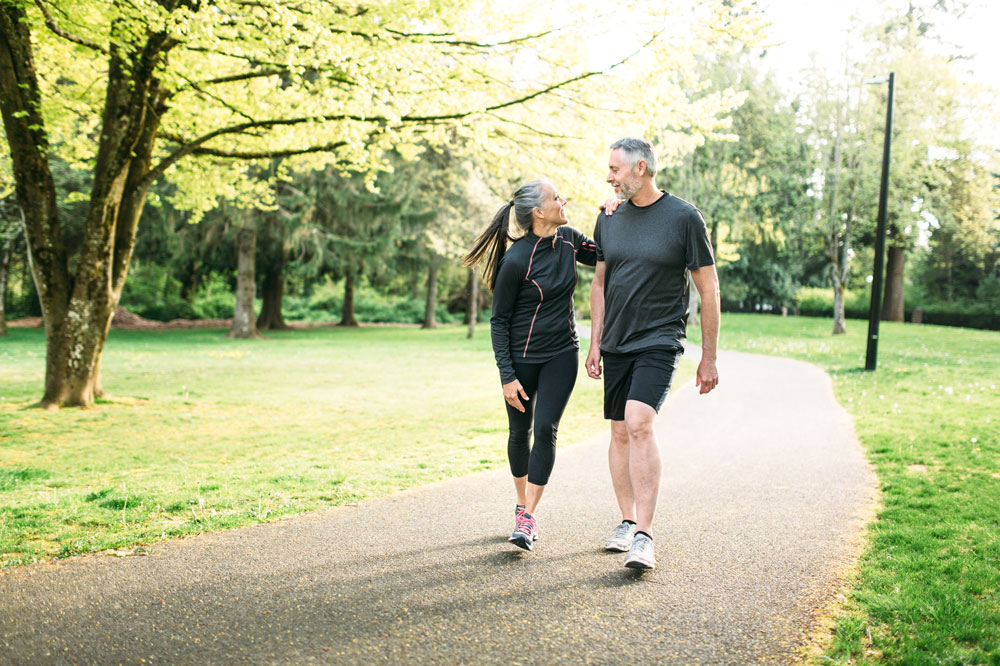
Here are 5 things teachers can do to improve leg and vein health, both at work and at home:
- Move around. Your body is designed to move. Try walking around the classroom to keep blood circulating or sit for short periods of time, whenever possible, to give your legs a rest. Outside of work, be sure to exercise regularly.
- Maintain a healthy weight. Carrying extra weight puts a strain on your body, including your veins. Additional pounds increase the pressure in your veins which weakens the valves, causing them to fail. Losing weight can reduce pain and swelling in varicose veins and possibly slow the development of other venous disease.
- Put your feet up while sitting. Take a few minutes at the end of the day to rest your feet by elevating them above your heart to help alleviate pressure and blood pooling that has occurred during the course of your day.
- Choose your footwear wisely. Save those high heels for special occasions. Investing in flat, comfortable shoes that provide excellent support throughout the day is a great place to start.
- Wear compression stockings. Compression stockings are garments that apply consistent pressure in the legs, which keep blood moving back up to your heart, improving venous circulation and providing relief from pain and swelling.
How Do Varicose Veins Form?
Unlike arteries, veins contain one-way valves to prevent blood from flowing backward. When these one-way valves don’t work properly, or when the pressure inside a vein is too high, blood pools causing the vein to enlarge and become a varicose vein.
Related: How Varicose Veins Form and the Effects of Standing All Day
Understanding the Differences Between Arteries Varicose Veins
Arteries and veins, an intricate network within the human body, are responsible for sending blood, oxygen, and nutrients throughout the circulatory system. For a body to function properly, healthy circulation is essential.
Arteries have thick, muscular walls able to withstand very high pressure and push oxygenated blood away from the heart to the tissues of the body. Veins carry deoxygenated blood from the tissues back towards the heart and are usually located near the surface of the skin. Compared to arteries, veins are thinner, more pliable and have collapsible walls if blood flow stops.
Veins in the legs have small valves that help push blood upward against gravity from the lower extremities back towards the heart. When you sit or stand for long periods, the blood flow may begin to pool in the leg veins, putting pressure on the veins and causing the valves to weaken.
What Are the Symptoms of Varicose Veins?
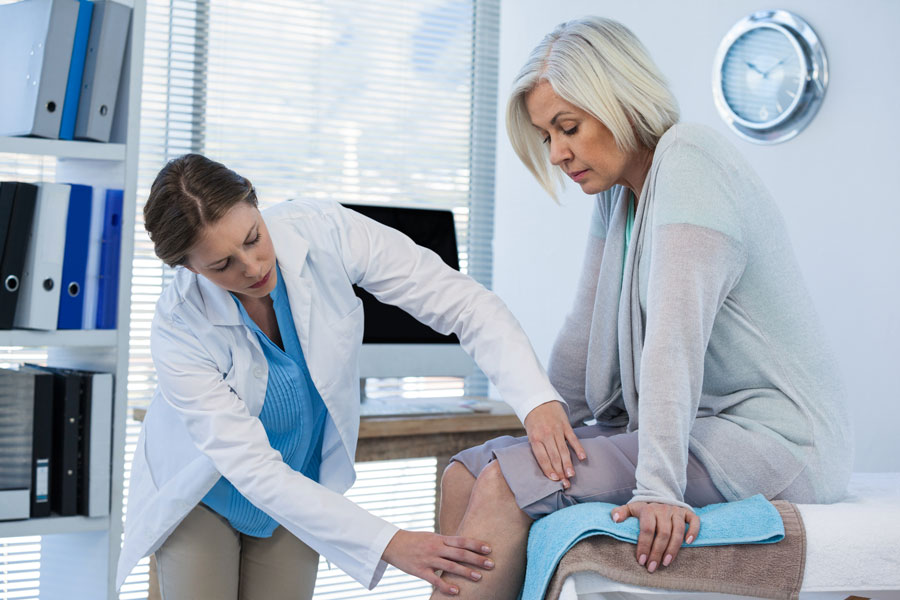
- Large veins that can be seen just under the surface of your skin
- Mild swelling of your ankles and feet
- Painful, achy, or “heavy” legs
- Throbbing or cramping in your legs
- Itching, especially on the lower leg and ankle
- Discoloration of the skin in the area around the varicose vein
For those beginning to develop vein problems, common symptoms include2:
What Are the Complications Associated with Varicose Veins?
Varicose veins are usually not serious, but, complications may occur. They include:
- Inflammation or swelling of veins (phlebitis)
- Bleeding
- Blood clots
- Leg ulcers
Trust Your Legs to a Vascular Specialist
Varicose veins are not merely a cosmetic issue. They can be a genuine health concern that may impede the flow of blood in your legs and potentially lead to chronic venous insufficiency. If you experience symptoms such as bulging veins or swelling, pain, heaviness or bruising in the legs, it’s important to talk to a vascular specialist, such as an interventional radiologist or vascular surgeon.
Call 844-832-VEIN (8346) to set up a consultation with one of the vascular specialists at Azura Vascular Care to discuss how to treat your varicose veins safely and effectively in an outpatient setting.
Sources:
(1) Waters, Thomas R., et al. “Evidence of Health Risks Associated with Prolonged Standing at Work and Intervention Effectiveness.” Rehabilitation Nursing. May-Jun 2015, 40(3): 148-165.
(2) https://www.nhlbi.nih.gov/health-topics/varicose-veins. Accessed Sept. 5, 2018 .

